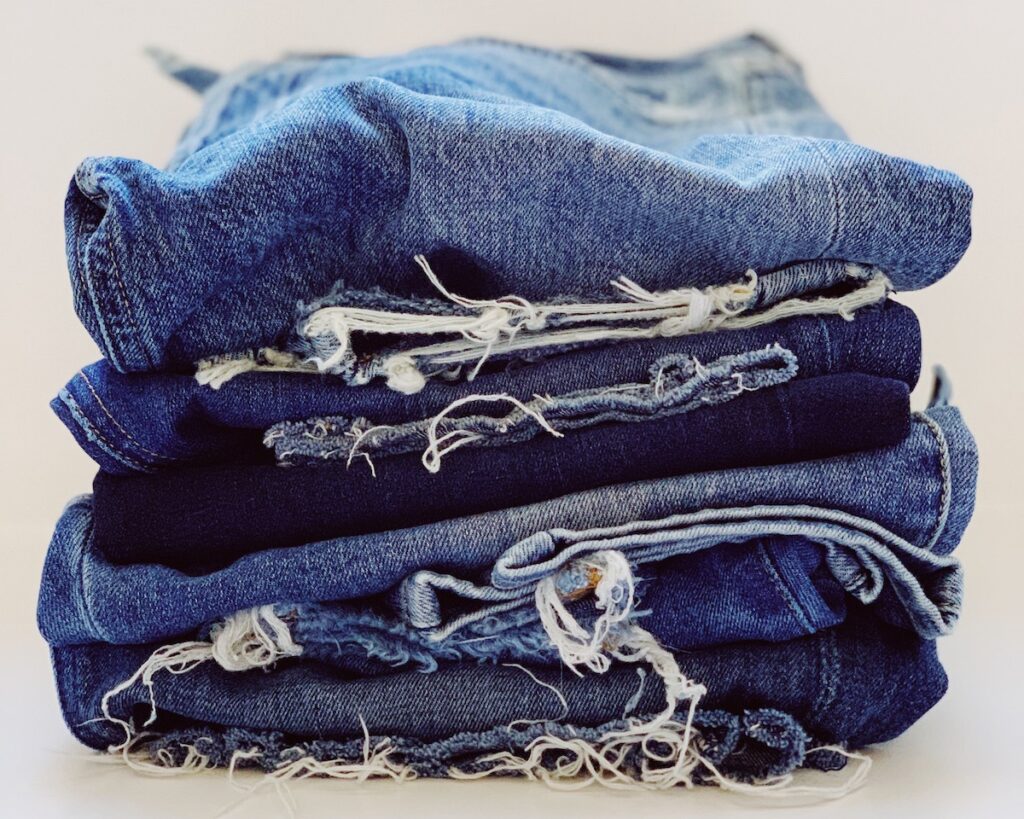When it comes to purchasing clothing, there are endless options at our fingertips. What makes one fabric better or more sustainable than another? What are the environmental impacts of creating clothing and how will it affect the planet when we’re finished using it? We’re taking a deep dive into different facets of fashion to help you make more informed decisions when shopping for next season’s pieces.
Viscose, also known as rayon, is a semi-synthetic fabric made from natural fibers like wood, bamboo and even seaweed. It was first developed in the late 1800’s as a more affordable alternative to natural silk, offering similar softness and breathability.
Viscose is made by treating natural plant fibers with a series of chemicals. This chemical process is where things become questionable.
The chemicals used in the process to create viscose vary depending on the manufacturer and the process they use. Caustic soda, carbon disulfide and other chemicals are used throughout the manufacturing process. First, the natural fibers are chemically treated to break them down into cellulose. The resulting substance is further treated in a spinning shower containing a cocktail of toxic, and corrosive chemicals. This stage of the process produces fibers that are pliable and soft in texture. The entire process breaks down the natural materials, erasing any trace of the plant source.
Whether or not viscose is sustainable is a tricky question to answer.
Natural resources have to be harvested to accumulate the plant material needed to create the fabric. Viscose production has been linked to rapid deforestation of ancient forests around the world. Razing ancient forests for monoculture pulp plantations negatively impacts the natural habitat of wildlife and in some cases, threatens native tribal lands. Non-profit organizations like Canopy and Changing Markets Foundation are working to try and change the way big businesses do business with more sustainable raw material sourcing methods.
Viscose manufacturing has been shown to contribute to air and water pollution which impacts the environment as well as any surrounding communities. Left unchecked and emboldened by profit potential, unmitigated and unregulated pollution is devastating. Making viscose also requires a significant amount of water and energy which is inherently unsustainable.
As previously mentioned, the manufacturing process requires an extensive list of chemical components. These chemicals are known to be damaging and disruptive to neurological and reproductive systems. It’s necessary to consider what safety precautions are in place to protect manufacturing plant workers. When it comes to big brands, we have to ask where a brand sources the viscose. Do they visit plants to ensure workers are treated ethically and fairly?
When the season changes and you’re looking for a summer dress or a cozy sweater, dedicate a little time to plan. Make a list of the items you want to add to your wardrobe. Then look for options online before going out to shop. Dig a bit deeper into what the item is made from and what the brands sustainability policies are. Look for information about where the brand sources raw materials, where they make their clothing, what types of dyes they use, and how they give back. If the website doesn’t tell you, reach out and ask. When you’re satisfied with your findings, then make your purchase.
To make things even easier, you can also check Love Local for sustainable brands. Each brand has been researched and their sustainability practices verified, eliminating the guesswork. You can shop with the peace of mind knowing you’re supporting a sustainable, small brand.



